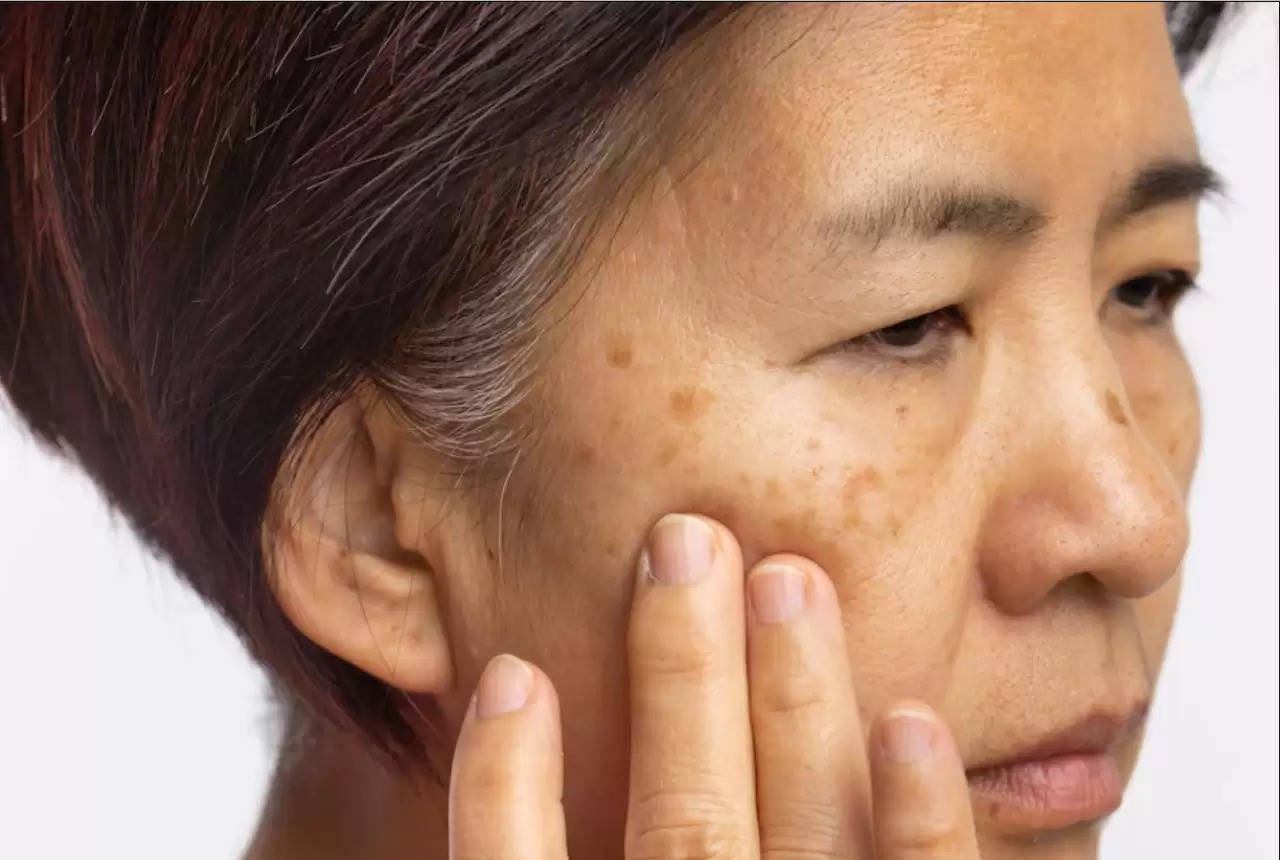Skin Pigmentation Can Take A Toll On Your Confidence. Here’s How You Can Get Rid Of It

Everyone aspires to have a soft, smooth and blemish free skin. As a child, we do have it but with time and age, this natural smoothness and glow gets affected by various factors and dark spots start appearing on our skin. These spots are a result of different types of pigmentation.
In this article, let's learn from a renowned dermatologist, Dr. Nivedita Dadu about different types of pigmentation and how they can be prevented and treated.
Different types of pigmentation:
- Freckles: This type of pigmentation appears like brown dots on the skin and usually occurs on sun exposed areas due to repeated exposure to sunlight. But if they appear even when you are not much exposed to the sun then it’s possible that your skin has a tendency of freckling. In such a case, even if you stay inside, you may have freckles due to tube lights, bulbs, laptop, or mobile light.
Prevention: To manage or prevent freckles, it’s important that you apply sunscreen even if you are staying at home. And don’t go for normal sunscreen as it won’t benefit you, instead use physical sunscreen as it is stronger and provides better sun protection. Physical sunscreen may leave a white cast on your face as it has zinc oxide in it. To avoid this, you can try tinted physical sunscreen as it has iron oxide and is peachy in colour. It must be noted that by applying physical sunscreen, you can only avoid and stop the growth of more freckles on your skin, but you can’t get rid of freckles which are already there.
Treatment: Laser treatment is the best to get rid of freckles. Currently, there are different types of Q-Switched lasers in the market that help to lighten these spots on skin. Many times, laser treatment is also clubbed with chemical peels for a better result. Along with treatment, Dr Dadu suggests that one must follow the right skin care routine which includes applying physical sunscreen and antioxidant serums like Vitamin C. This helps in keeping the glow on your skin intact and prevents the growth of more freckles.
- Melasma: It is the most common type of pigmentation that affects a lot of people and mostly appears on cheeks, nose, area above eyebrows and upper lip. It can be caused by sun exposure, make up and hormonal imbalance. Thyroid or hormonal changes during pregnancy can also cause melasma. Moreover, the consumption of oral contraceptives can also trigger this type of pigmentation.
Prevention: To avoid melasma, never forget to apply sunscreen. Creams containing Glycolic and Kojic acid can also be of great help.
Treatment: Laser treatment and usage of chemical peels help to lighten melasma. Another treatment is Magic Blend that delivers wonderful results in managing this type of pigmentation.
- Pigmentary Demarcation Line (DML): It is a type of symmetrical pigmentation that happens near the eyes or angles of mouth. It is more common in females and usually develops between the age of 25-30 years.
Prevention: To avoid or manage DML, it is necessary that you apply sunscreen along with antioxidant serums like Vitamin C. You can also go for skin lightening creams especially the ones that have Glycolic or Kojic acid in it.
Treatment: Laser treatment and chemical peels help to lighten this type of pigmentation. But it must be noted that you can’t get rid of DML completely even after undergoing a treatment and it’s quite possible that pigmentation returns when you discontinue the treatment.
- Pigmentary Contact Dermatitis (PCD): This pigmentation affects the forehead skin. It mostly happens when you apply mustard oil on your forehead or hair dyes/hair colours.
Prevention: You must discontinue applying mustard oil and hair colour/hair dyes immediately if there are signs of pigmentation on your forehead. Along with it, you can start using skin tightening creams.
Treatment: Visit a dermatology clinic and get a sandwich peel or cocktail peel done. These peels are very effective in reducing PCD.
- Post Inflammatory Hyperpigmentation (PIH): This pigmentation is a result of inflammation caused due to acne or any type of skin allergy.
Prevention: To avoid PIH, it’s important to apply sunscreen, keep your skin moisturised and avoid touching active pimples. But if scars have formed, you can go for skin lightening creams to reduce PIH.
Treatment: If nothing works, consult a dermatologist who may lighten your pigmentation using lasers and peels.
- Lichen Planus Pigmentosus: This type of pigmentation is not very common. While other pigmentations are of brown colour, this one is of purple grey in colour. It is a deep pigmentation and it’s important that it gets diagnosed at the right time.
Treatment: The treatment of this type of pigmentation takes time. As per Dr Dadu, firstly creams and tablets are recommended to patients to stop the spread and lighten the pigmentation and when this happens, lasers and peels are used for better results.
If you are suffering due to any of these pigmentations then do not self-medicate instead consult an experienced dermatologist for right diagnosis and management.
Disclaimer: The above content is for informational purposes only and should not be used as a substitute for the advice of a qualified physician or doctor. The Company does not vouch for or endorse any of the above content, and disclaims any and all warranties, express or implied, relating to the same.
.png)